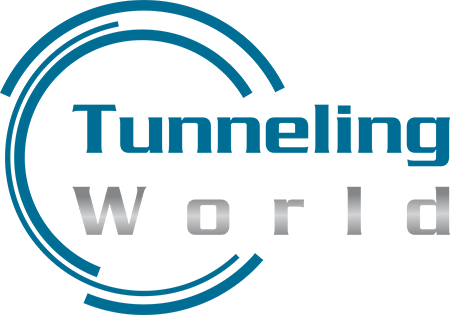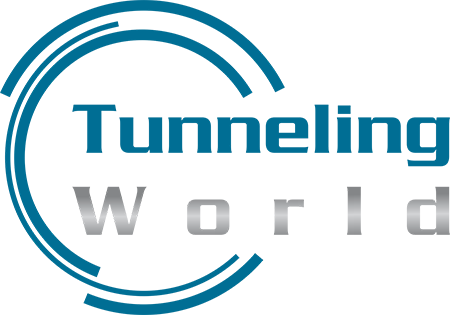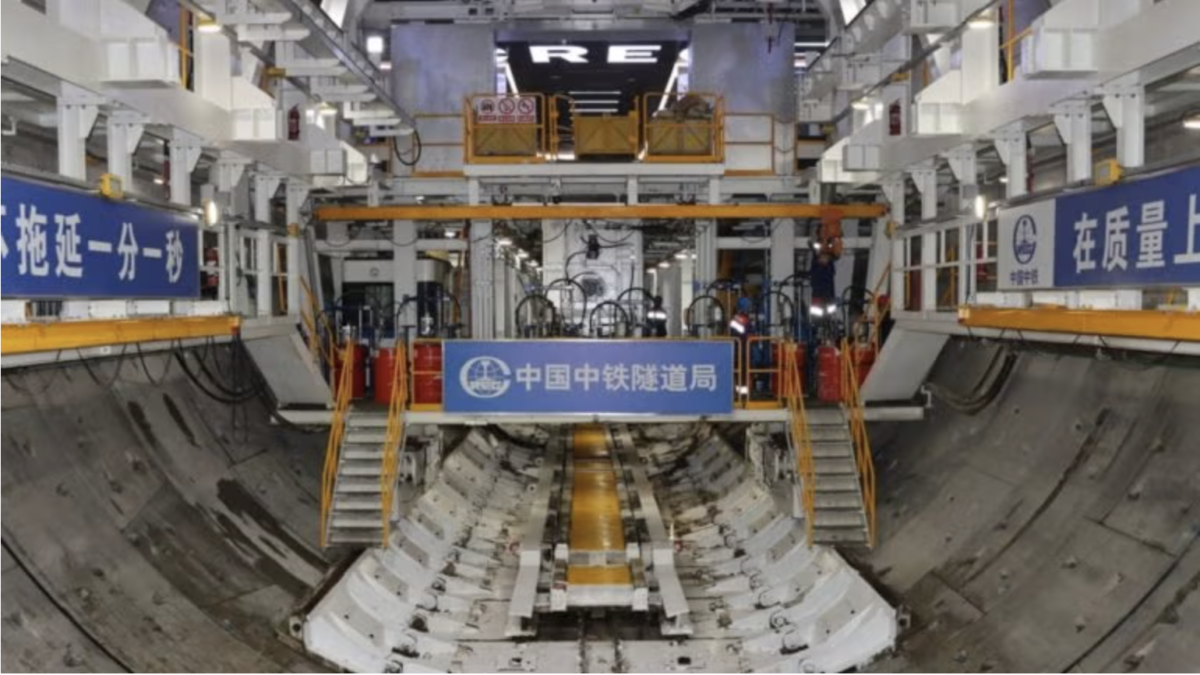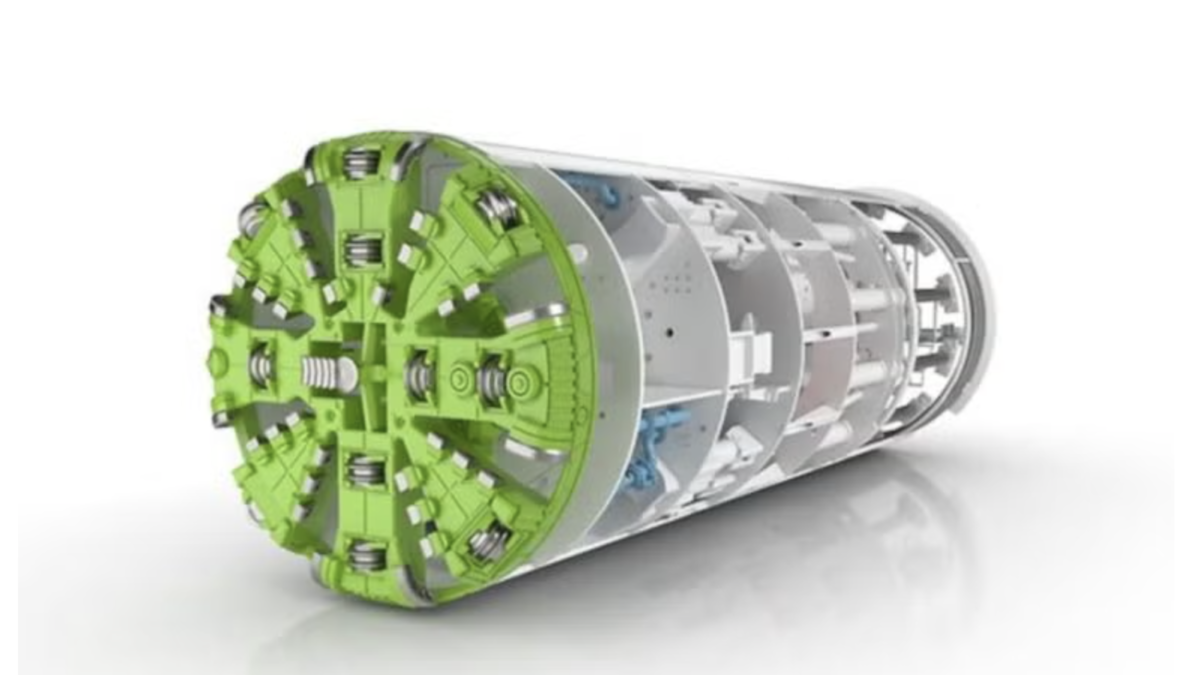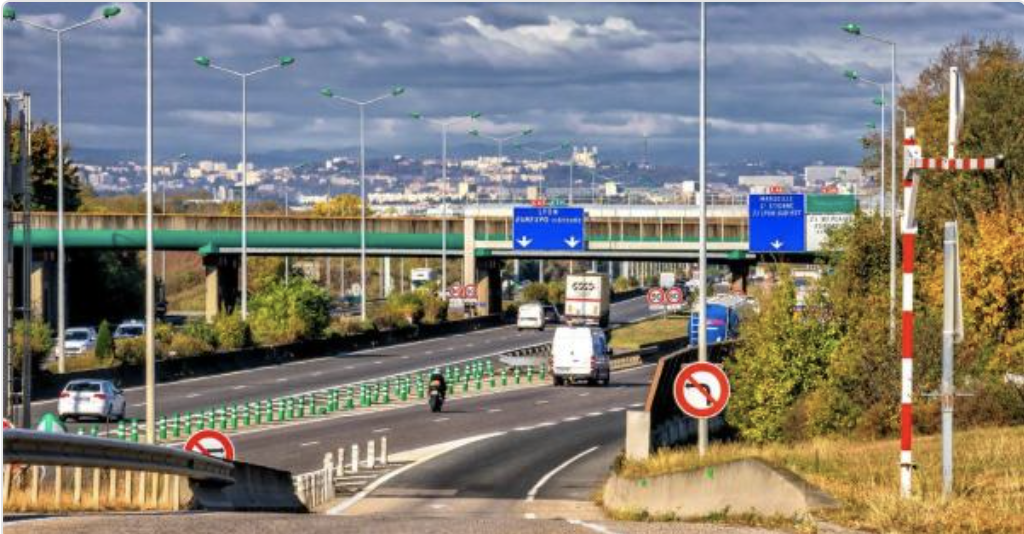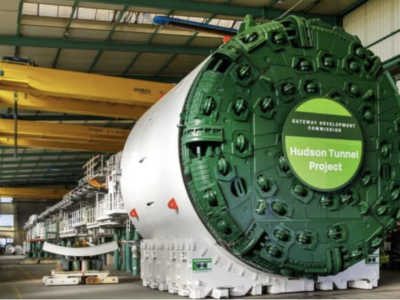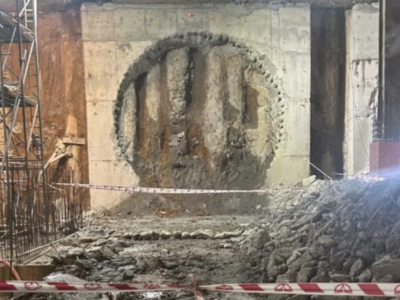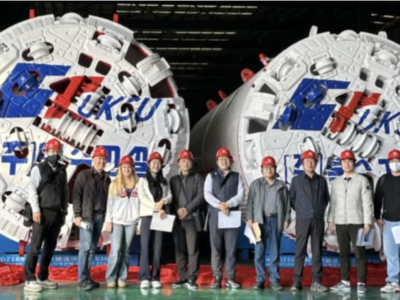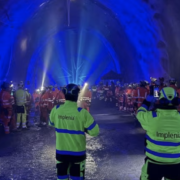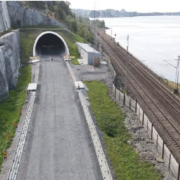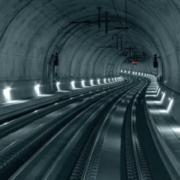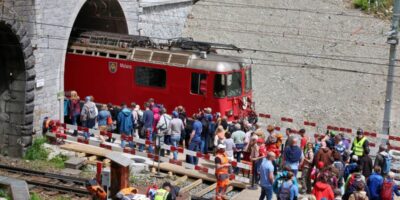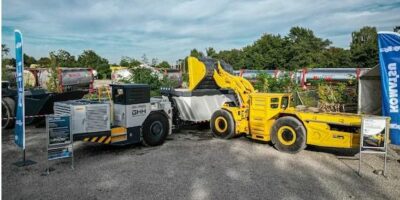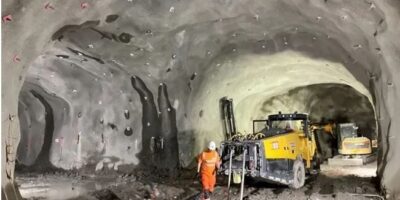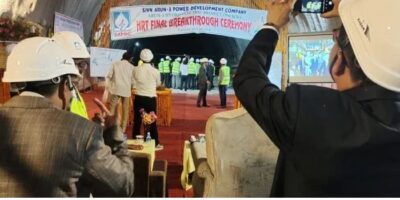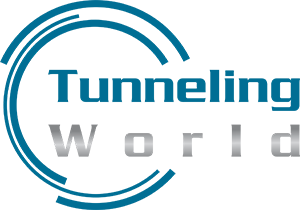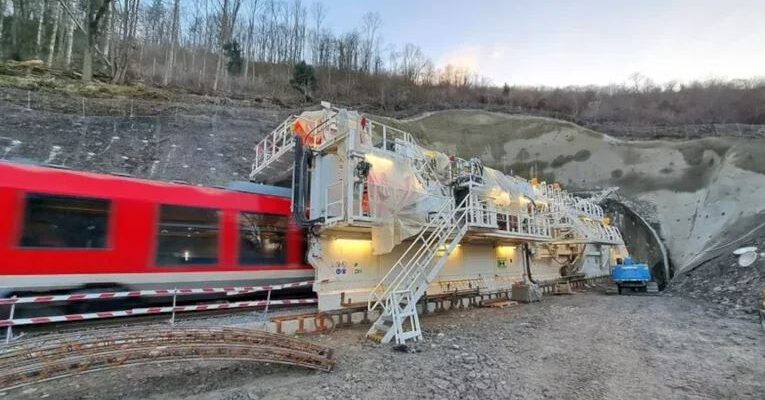
While enlarging process of two 160-year-old rail tunnels in Germany is progressing, two Herrenknecht Tunnel Enlargement Systems (TES) since January have been working on Deutsche Bahn’s 426m-long Fachingen Tunnel and 732m-long Cramberg Tunnel, and they dont affected rail services.
Linking the cities of Koblenz and Wetzlar, the tunnels are part of the Lahn Valley Railway and the responsibility of carrying enlargement is up to a consortium of Porr GmbH & Co, Feldhaus Bergbau GmbH & Co, and Heinz Schnorpfeil Bau GmbH.
Considering that TES has been developed by Herrenknecht, this makes it possible to carry out tunnel renewal during ongoing rail operation. The procss of dismantling the existing tracks are doing initially, and a track is laid in the middle of the existing tube. Due to that the TES serves as a protective enclosure and separates the construction work from rail traffic, rail traffic continues to run on the track throughout the construction period.
A 2m enlargment is due to be considered for the radius of the tunnel cross-section in the two double-track tunnels of the Lahn Valley Railway, bringing them in line with modern tunnels.
For advancing the Fachingen and Cramberg tunnels, the approximately 46m-long, 270-tonne TESs have a diameter of almost 12m. They run on foundations and rails laid in the tunnel and are equipped for conventional excavation and support work. Th chiselling or blasting method has been selected due to the hardness of the rock.
First, the old tunnel walls are broken out and rock is excavated. The excavated material falls to the side of the machine into the tunnel invert and is removed by separate conveyor and loading equipment. After each drilling and blasting round, a shotcrete manipulator applies the temporary shotcrete support. The rock is also stabilised with anchors. Reinforcement mesh and steel arches, together with the shotcrete and anchors, form the initial support.
Following completion of the tunneling process with the TES, the final lining of the tunnel is applied using in situ concrete.
Including three parts, the TES’s front is used for pre-excavation protection, whereas it hampers the existing tunnel from collapsing in the area ahead of the digging work or rock falling onto the tracks. Involving telescopic drill rigs on both sides, hydraulic impact hammer on a central boom with a large radius of action, as well as shotcrete system on a ring guide, the middle section carries the equipment required for tunneling. In order to allowing the workers to safely reach the tunnel face and the intrados, the machine has large, retractable working platforms and the rear holds the equipment for operating the TES. This includes a hydraulic station to supply the hydraulically driven equipment, a compressor for the supply of compressed air, the electrical system, and a material storage.
The TES design for the Lahn Valley Railway drew on experience from the first use of a TES in Spain. Renovation of the 558m-long Gaintxurizketa Tunnel between Astigarraga and Irun in the foothills of the Basque Pyrenees was completed in March this year. The renovated tunnel will improve the connection between the Spanish and French rail networks as part of the EU’s future Atlantic corridor.
